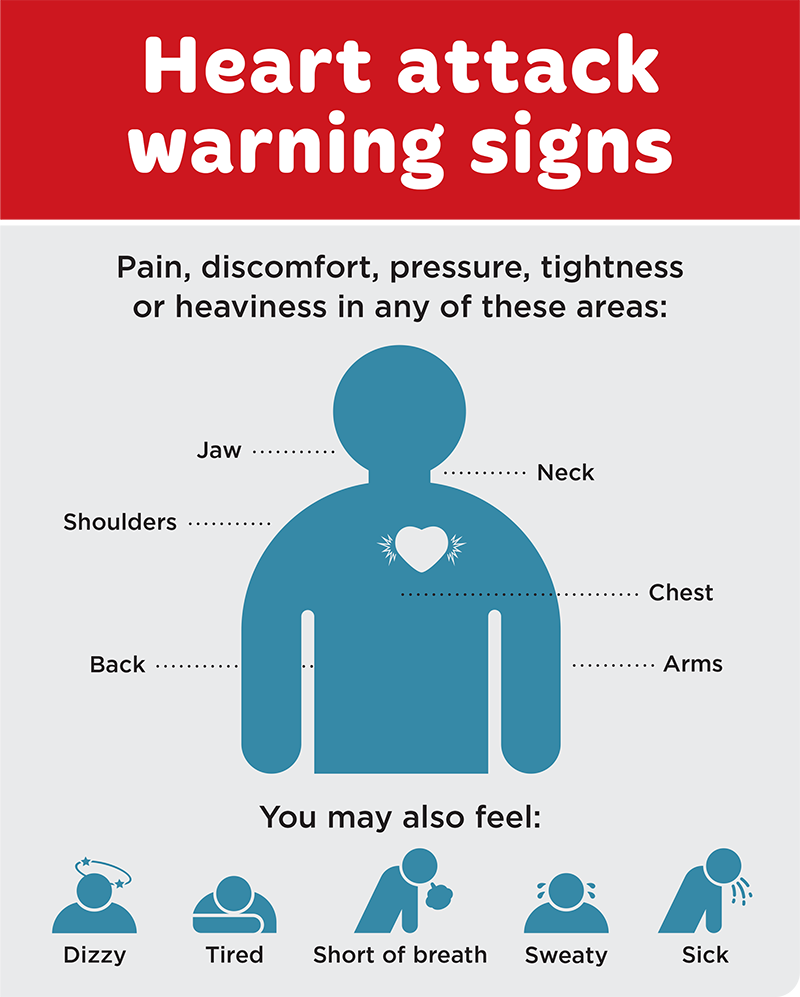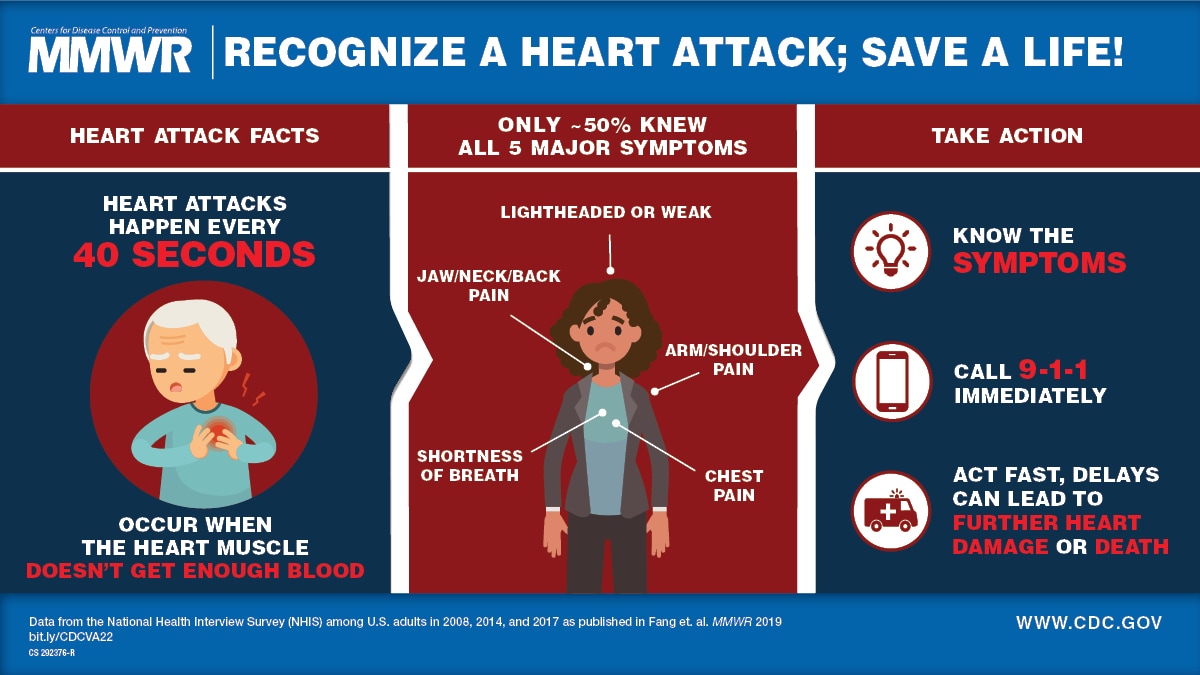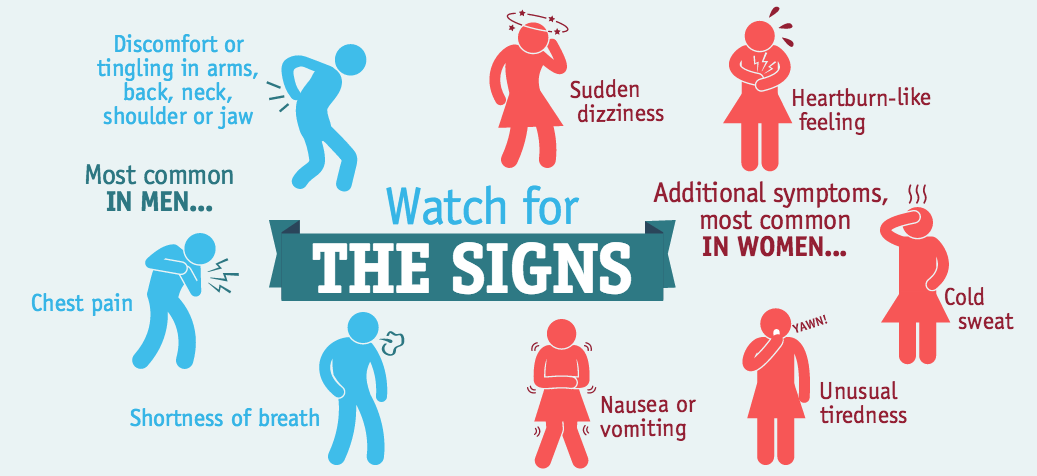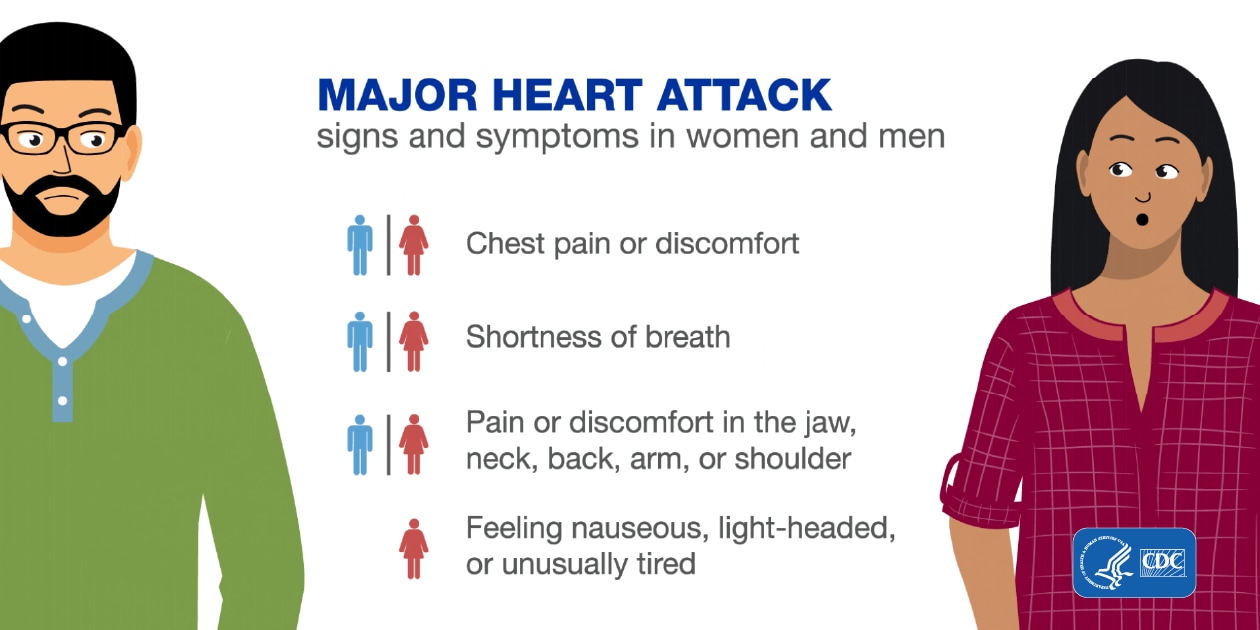Exemplary Tips About How To Diagnose Heart Attack
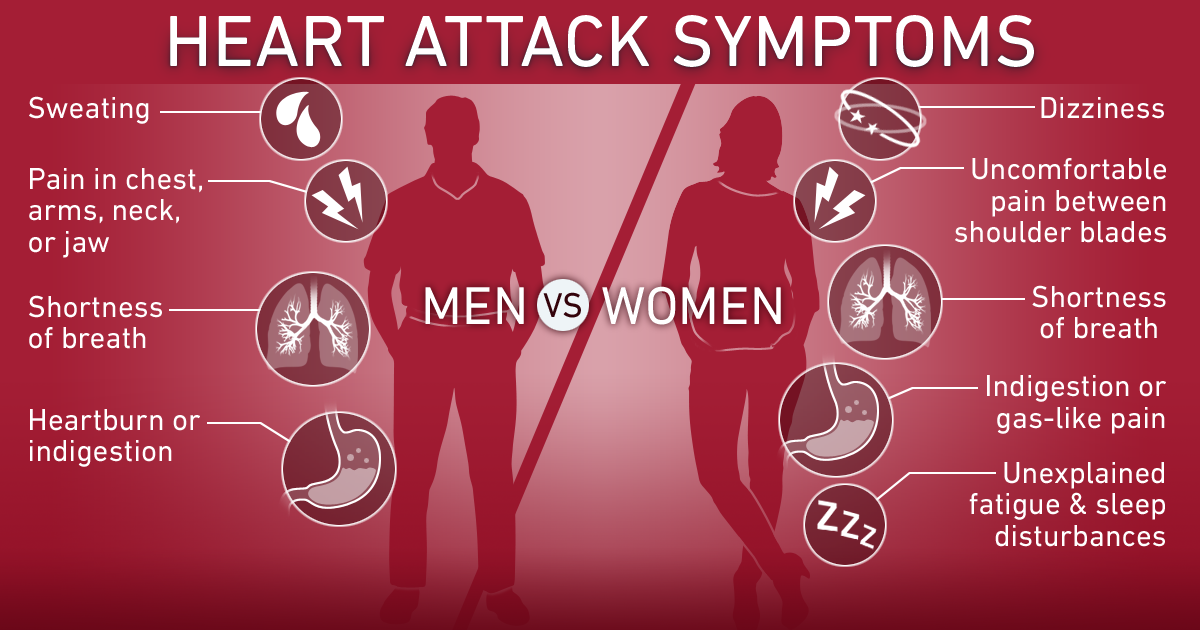
But in reality, a heart.
How to diagnose heart attack. The tests commonly used to diagnose a heart attack are electrocardiogram (ecg/ekg), blood tests, echocardiogram and cardiac catheterization/angiogram. Ad identifying a past heart attack can help you and your doctor mitigate future risks. The symptoms of weakening of the heart are also constant pain in the back and abdomen.
Invasive tests include drawing and testing samples of your blood, and. Ad find information about what is a heart attack, why it happened and what's next? The measurements can help determine the risk of having a heart attack or other heart.
An electrocardiogram (ecg) is an important test in suspected heart attacks. It is not possible to diagnose heart attack at home. Ecg, the ecg is a record of the electrical signals experienced by your heart.
An ekg will check whether you may be having a. Symptoms can be subtle, but that doesn't mean they're any less dangerous. In the movies, heart attacks always happen in the most dramatic fashion, with the patient crushing under severe pain in their chest, at the site of their heart.
Chest pain and sweating are symptoms of weak heart. It should be done within. An electrocardiogram (ekg) is the most common initial test and may be given within minutes of your arrival at the hospital.
Changes in the pattern of an ecg can tell just how much. A cholesterol test, also called a lipid panel or lipid profile, measures the fats in the blood. An ecg is a quick and painless test that records the.
/how-a-heart-attack-is-diagnosed-4685099_final-f933f84c1fb14203a7098742d70e011c.png)

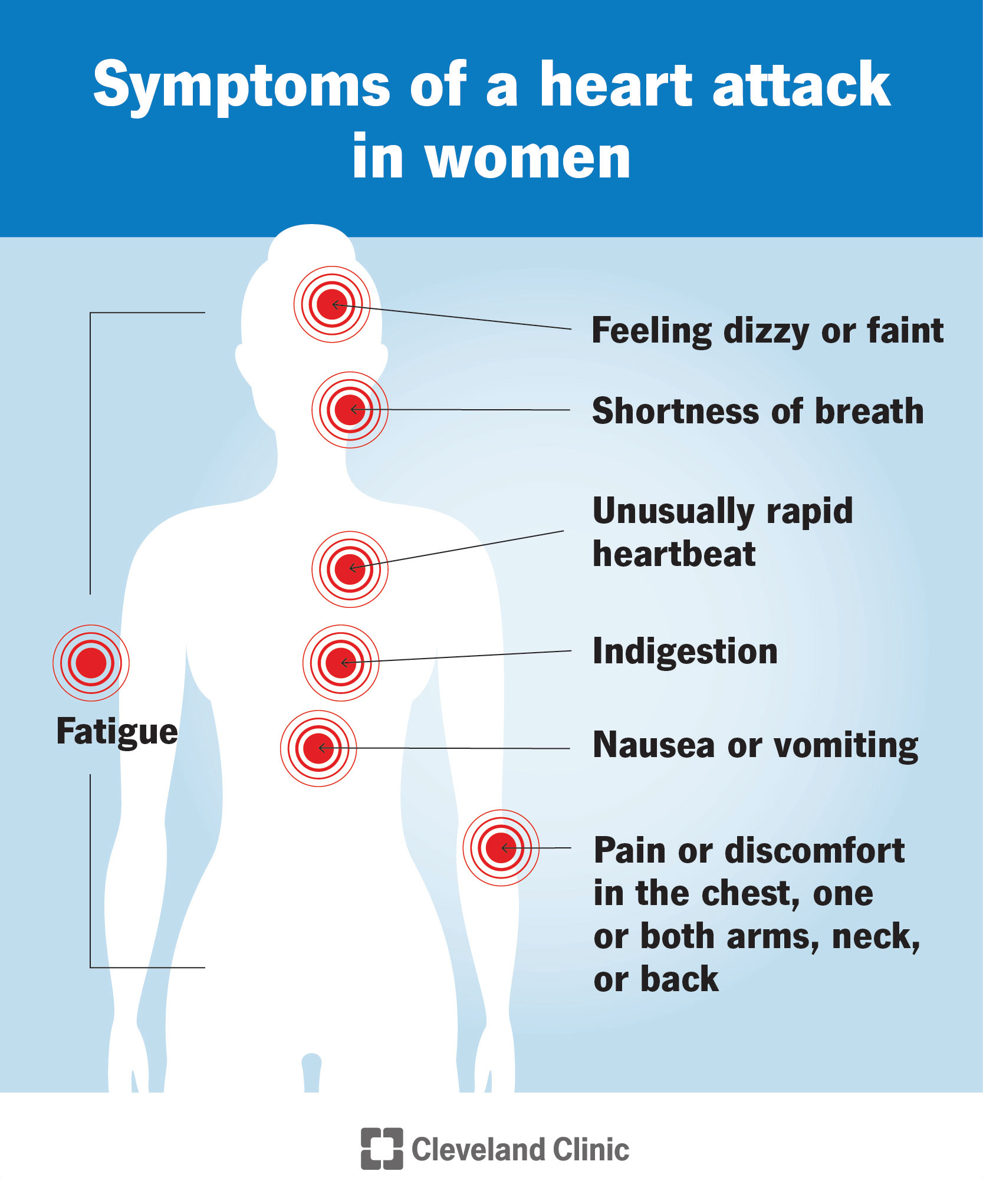
/heart-disease-diagnosis-5ad8bad1ae9ab800381379e3.png)

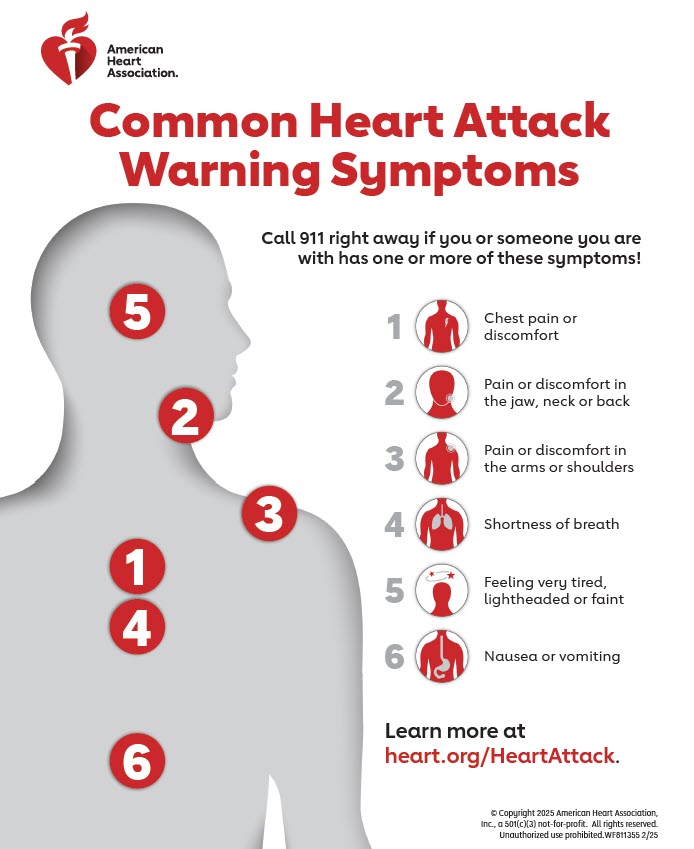


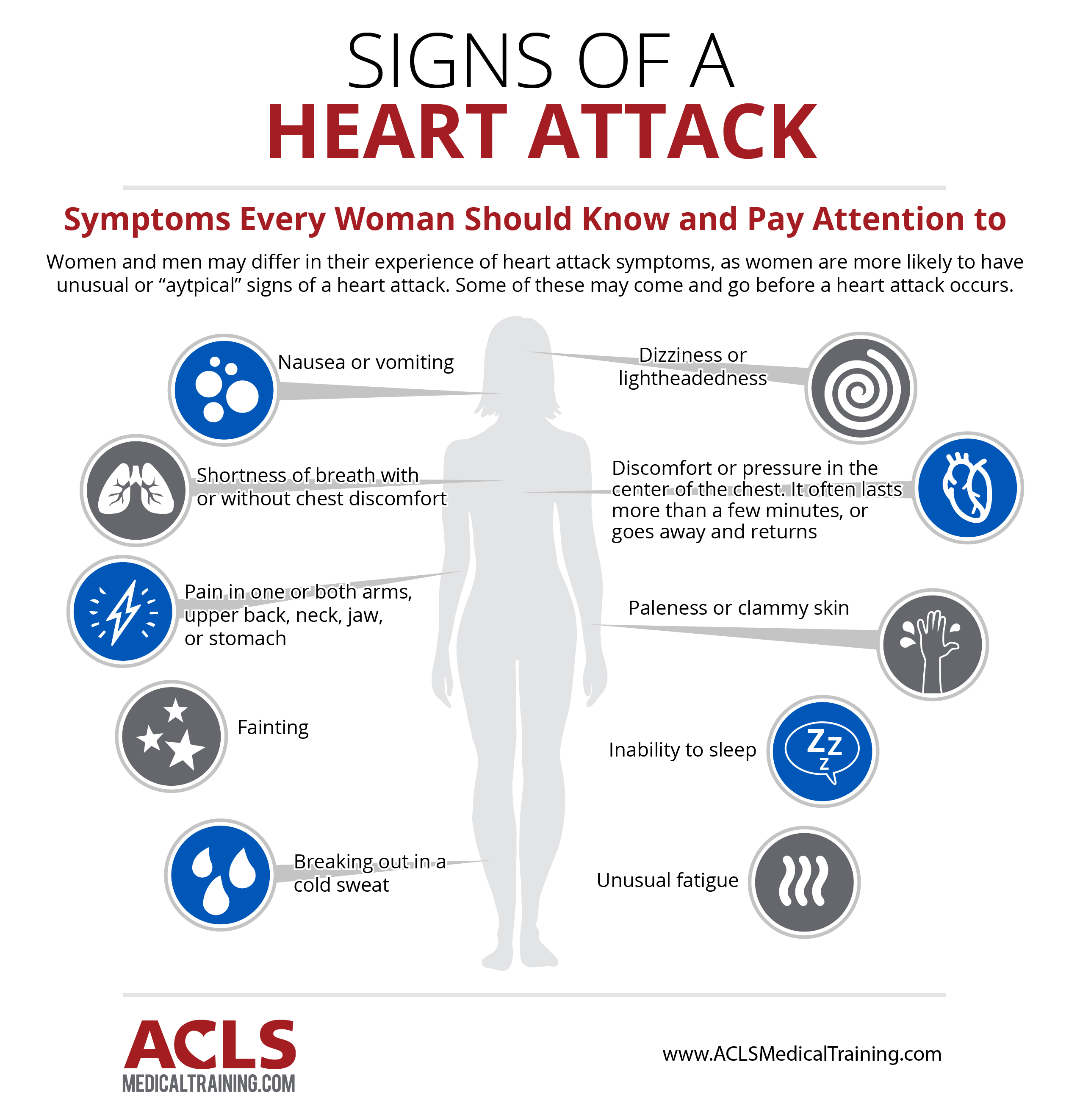
/heart-failure-diagnosis-5ae0a68c04d1cf0037e3d634.png)


